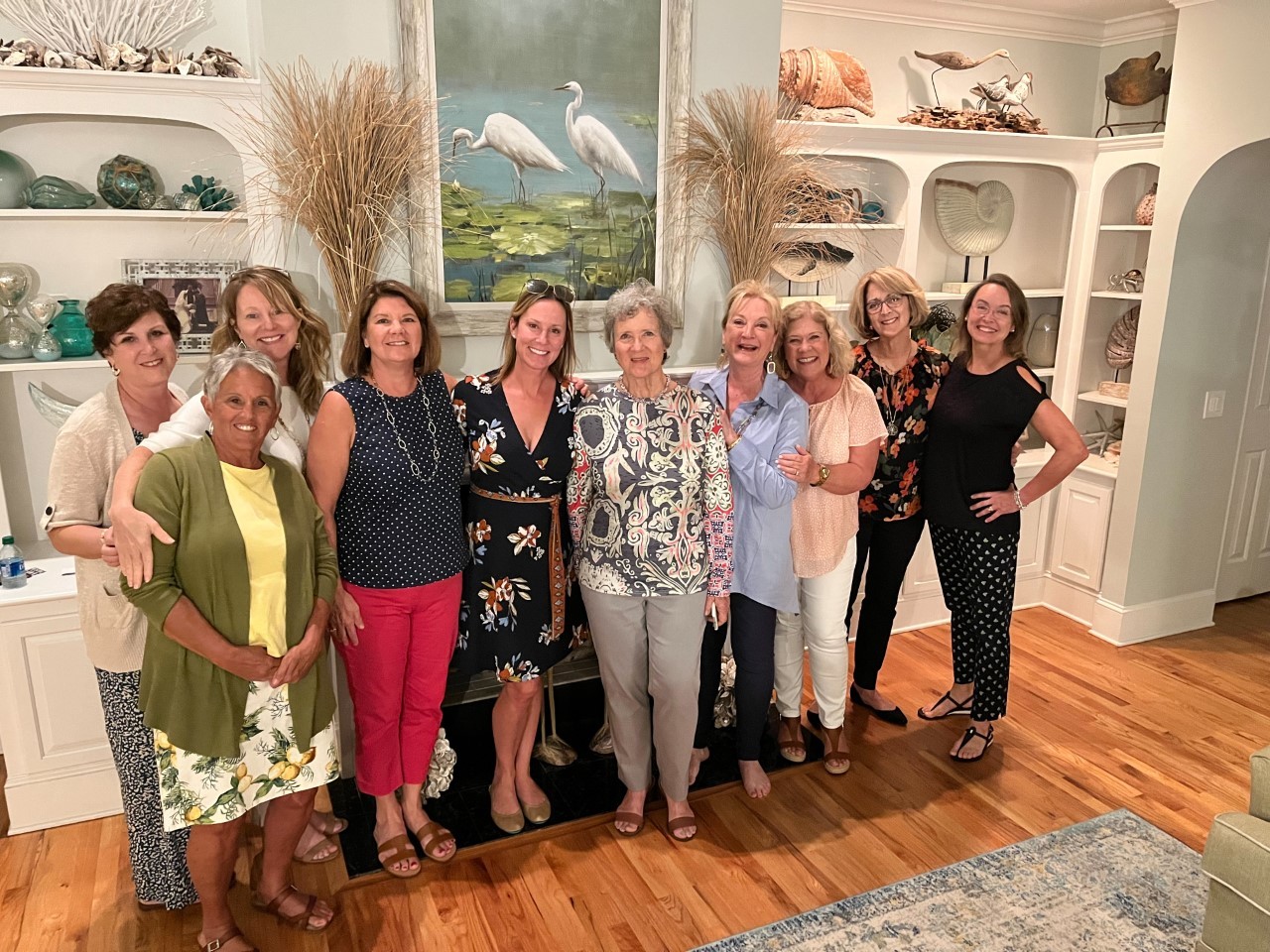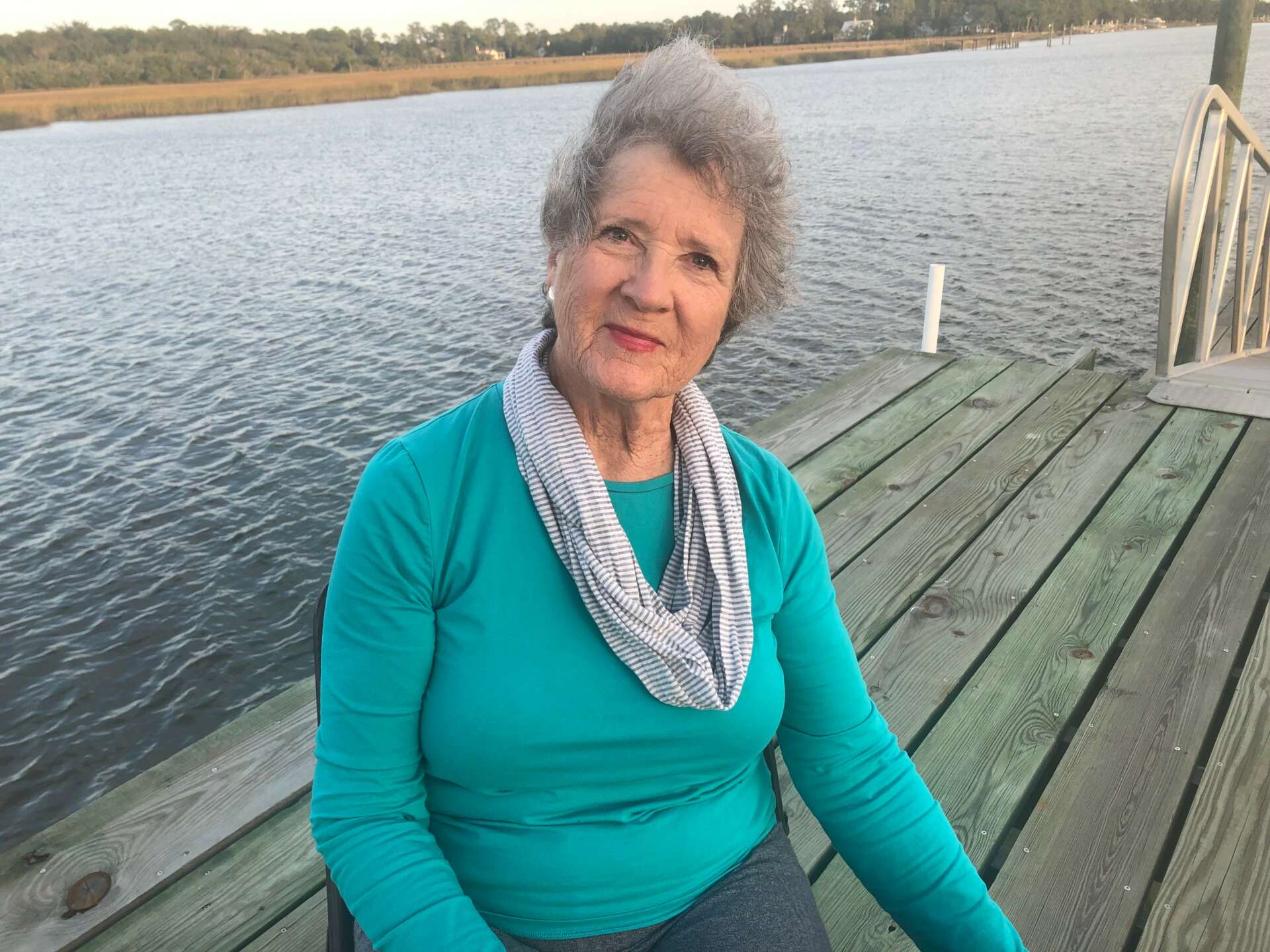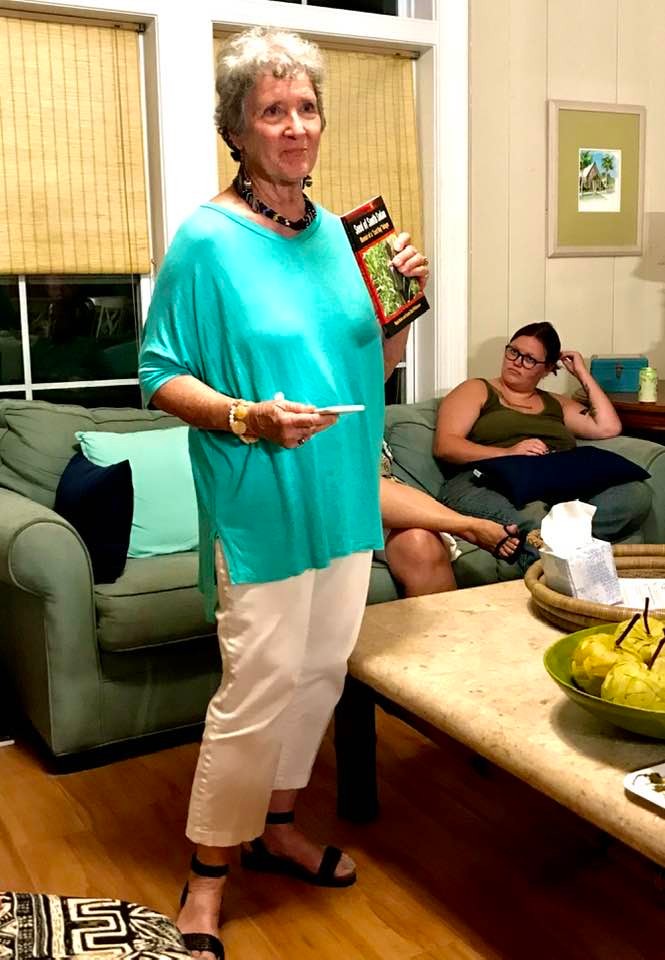We were lucky to catch up with Estelle Ford-Williamson recently and have shared our conversation below.
Estelle, appreciate you joining us today. We’d love to hear about a project that you’ve worked on that’s meant a lot to you.
A number of years ago, I was asked to meet with my church’s own Mother Teresa, a 60ish widow named Gini Eagan, and her friend, who was one of the former Lost Boys of Sudan, now living in a community near our church in Stone Mountain, GA. This very tall, smiling, basketball-coach’s-dream-of-a-player was named Majok Marier, and he carried a notebook full of essays he’d written in English as a Second Language classes about his experiences fleeing the Sudanese Army at the age of seven. He was now about thirty.
As a child, he’d journeyed through three countries and endured all kinds of threats, accompanied by his seventeen-year-old great uncle, a cousin, and two boys they met who also spoke their Dinka language. A sudden attack on their village sent them on a months-long walk in a search to save their lives. They dodged larger villages in order to avoid soldiers, begged food and a place to rest a night or two which was permitted mostly by the women in villages of potentially hostile tribes. I agreed to help Majok write and publish his story. The drawback was his narratives were repetitive and confusing as to time and place and sequence of events. While he spoke English, it was difficult to understand. I’d worked for four years with mostly African-American retirees at a local senior center, and we published two anthologies of their experiences before, during, and after the Civil Rights era, and about a dozen of them later published full length memoirs. So I felt I could help Majok.
I was working on my second novel, Rising Fawn, but, desirous of a book that would readily attract a traditional publisher, I put my book aside. The journey together was a long one. I used my 80s tape player to record our talks so I could understand his Arabic and Dinka influenced English. I researched the countries involved–East across southern Sudan to remote areas of Ethiopia and later to several stops in Kenya. There were no maps of these places. Using Google Earth showed only green expanse–no towns–as these are vast areas with mostly pastoral villages, cattle camps.
Majok’s goal was to tell others about the treacherous flight that took the lives of thousands of others due to thirst and starvation, the elements, wild animals, and soldiers’ attacks. He had a message of hope, for that is what kept him going, and he saw many children die who’d lost hope at different points in their tragic journeys. After two years with many interviews, we had an outline and a couple of chapters and a contract with McFarland Publishing, an academic press. Two years after that, we delivered a complete, fact-checked, footnoted manuscript with pictures. As a result, Majok’s story, including his recollections of the many Americans who helped the former Lost Boys adapt to their new homes in many US cities, was published. A historian and reporter by background, I researched and included the origins of southern Sudan’s people, and detailed what I’d learned about the successful rebellion of Africans against the Muslim-Arabic regime in Khartoum that led to independence for South Sudan. The new country in the world was born as we worked.
As a writer, I tell my own stories, but I also get to help others tell theirs, with lasting effects. Together with other supporters, Majok and I formed a non-profit, Wells for Hope for South Sudan, and with many contributors, have built deep water wells in six villages in the area east of Rumbek, South Sudan. Two more wells are planned for 2023. Thousands now have access to clean water, enabling longer growing seasons for crops that have become a source not just for family survival, but for others around them. Women regularly now sell vegetables in the local markets. And they have money to use for their families, especially for malaria medicines, in an economy that is normally male-dominated and cattle-dependent. These are villages that have not been as seriously affected by drought and famine, although they still struggle with rainy season floods and other obstacles. I’m glad Gini Eagan called me to help. Without a doubt, my life was changed even as we helped others change their lives and states of health.

Awesome – so before we get into the rest of our questions, can you briefly introduce yourself to our readers.
I wanted to be a writer from an early age. Maybe it was growing up in Chattanooga, a city full of Civil War and Native American history which our parents made sure we learned. We also were carried to various beautiful waterfalls and natural wonders in this area that is so blessed with wonderful scenery and outdoor experiences. My immediate family held a dozen people, and my mother was one of eight, so there were lots of stories coming from aunts and uncles and others. At the same time, I knew relatives wrote historical and literary books and articles, so the idea of putting some stories on paper was not new to me. I wanted to experience many things and write about it. I thought becoming a reporter would be a start.
Offered a full working scholarship by Saint Mary’s College of Notre Dame, IN, I went there, but learned they had no journalism degree, and on the advice of a reporter from the excellent Chattanooga Times, I majored in a subject even broader than English. Humanistic Studies was a series of courses that emphasized synthesis and linking of ideas, including historical events, art, literature, philosophy, architecture and other realms of knowledge to understand a complete culture.
After college, I became a reporter for United Press International in Atlanta, a wire service much like the Associated Press, and learned to write quickly and succinctly. Our usual beat was the Civil Rights movement as well as state politics and sports. I then worked in positions that used my editorial skills, but later acquired a Master’s in Psychology with emphasis on Organization Development as I sought to create change in organizations instead of just writing about them. I used writing throughout a career in management training and career development until in the 90s I finally returned to that original goal of writing a book. That led to a 10-year journey of research and learning creative writing from quite a few accomplished writers; I am very grateful for their sharing of craft. Short story writer Lynna Williams on Emory University’s faculty opened our eyes to contemporary fiction, and I went on to take courses with University creative writing professors such as Richard Bausch and George Garrett who helped me hone that unique craft. I wrote Abbeville Farewell: A Novel of Early Atlanta and North Georgia, and co-wrote Seed of South Sudan: Memoir of a Lost Boy Refugee with Majok Marier. My latest book, Rising Fawn, a novel, published January of 2021.
I offer courses in creative writing techniques, as well as in memoir. I do this privately or through the Pat Conroy Literary Center in Beaufort, SC where I now live, or through the South Carolina Writers Association. I do Zoom courses and live courses as well. To those who take my courses or employ me for one-one assistance, I provide a trained eye and an empathetic ear and knowledge of the kinds of books or works that might meet their goals for publication. I’m fairly skilled at marketing and provide advice on those techniques that have worked for me or others. One course I offer is Memoir Might Save Your Life; others include Creating Memorable Characters, and Chunk, Sneak, Bribe (a little): Staying the Course with Your Memoir or Novel.
People feel that I’m competent, whether it is fiction (short or long), non-fiction, or memoir. I’m grateful for the experience of having presented seminars in corporations, as creating seminars and conducting them in a fun and involving way is what I love to do.
Is there a particular goal or mission driving your creative journey?
I love to craft a good story. It gives me insight and challenges me to know about peoples’ lives and their struggles. I’ve done a number of things career wise, but the best job I’ve had is creating characters or treating real people or situations in a creative, interesting way so that other say, “Hey, that’s me!” or “I know someone like that–I’d like to see how they handled that awful tragedy.”
So my mission is to experience others’ lives, passions, and seemingly unsolvable problems, to become wiser and more empathetic, to entertain others, and enjoy the camaraderie with readers that happens in book clubs, signings, or seminars so we can mutually explore the gifts and challenges of our human condition.


Can you share a story from your journey that illustrates your resilience?
My husband and I made the decision to move from the Atlanta area to Beaufort SC after our parents and close family passed, and demand for our property in the Atlanta area was high. And we wanted to be close to grandchildren. It was a big change, and my writing career would be affected by such a move, as there were definitely larger audiences in Atlanta. The first challenge was Hurricane Matthew—evacuation was ordered five days after we moved here. We lost lots of belongings due to flooding. The next year was Hurricane Irma, which took a lot of recovering on our low-lying property. I continued to help Wells for Hope for South Sudan, by traveling back to Atlanta for board meetings. I brought out the Rising Fawn novel manuscript, resumed writing and participating in a new critique group through the Pat Conroy Literary Center. Then, I had an emergency hospitalization and surgery–ovarian cancer. At the teaching hospital’s recommendation, I went through chemotherapy with good prospects for returning to normal. The whole time, I thought: “My book. I’ve got to finish Rising Fawn!” And as soon as I was able, I returned to writing. I was cancer-free after treatment. With the help of more established writers, I found a publisher. Then COVID hit. So I had a choice to wait or to go ahead and release in the middle of winter, in 2021, the worst for COVID lockdowns. I went ahead anyway. After all these delays, what’s one more? The debut was on Zoom through the Conroy Center; the live readings weren’t there as bookstores especially were operating with very limited contact. But 2022 was better, and I continue to have book club dates and other appearances that help sales. I was committed to telling the story of Clare and Willie. I didn’t wait, and I’m glad.
Contact Info:
- Website: http://www.estelleford-williamson.com
- Facebook: https://www.facebook.com/estelle.fordwilliamson
- Linkedin: https://www.linkedin.com/in/estellefordwilliamson/
- Other: https://www.facebook.com/seedofsouthsudan
Image Credits
Matthew M. Gilbert (pic#1) Karen Dove Barr (pic #3) Richard Williamson (pic #4)


